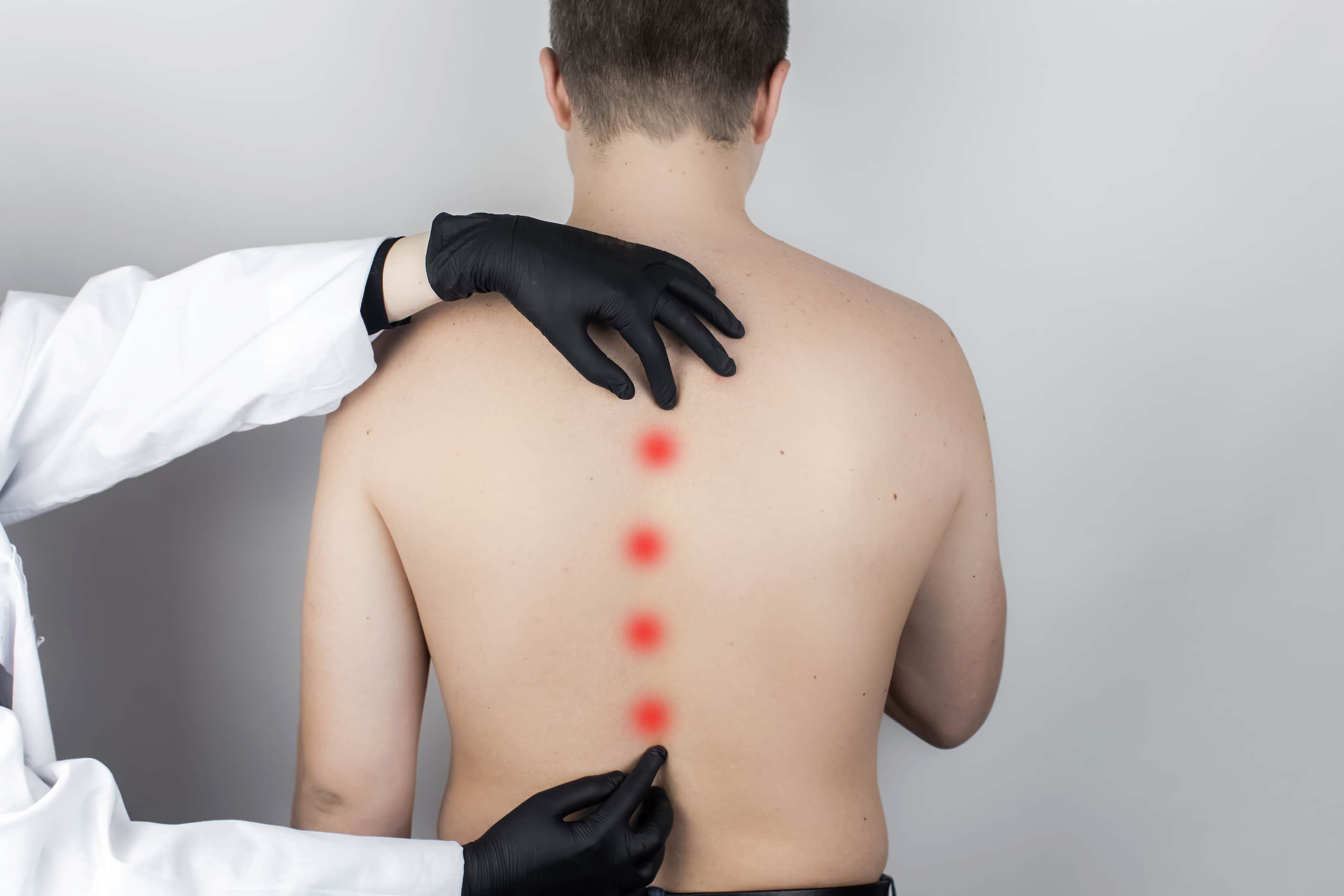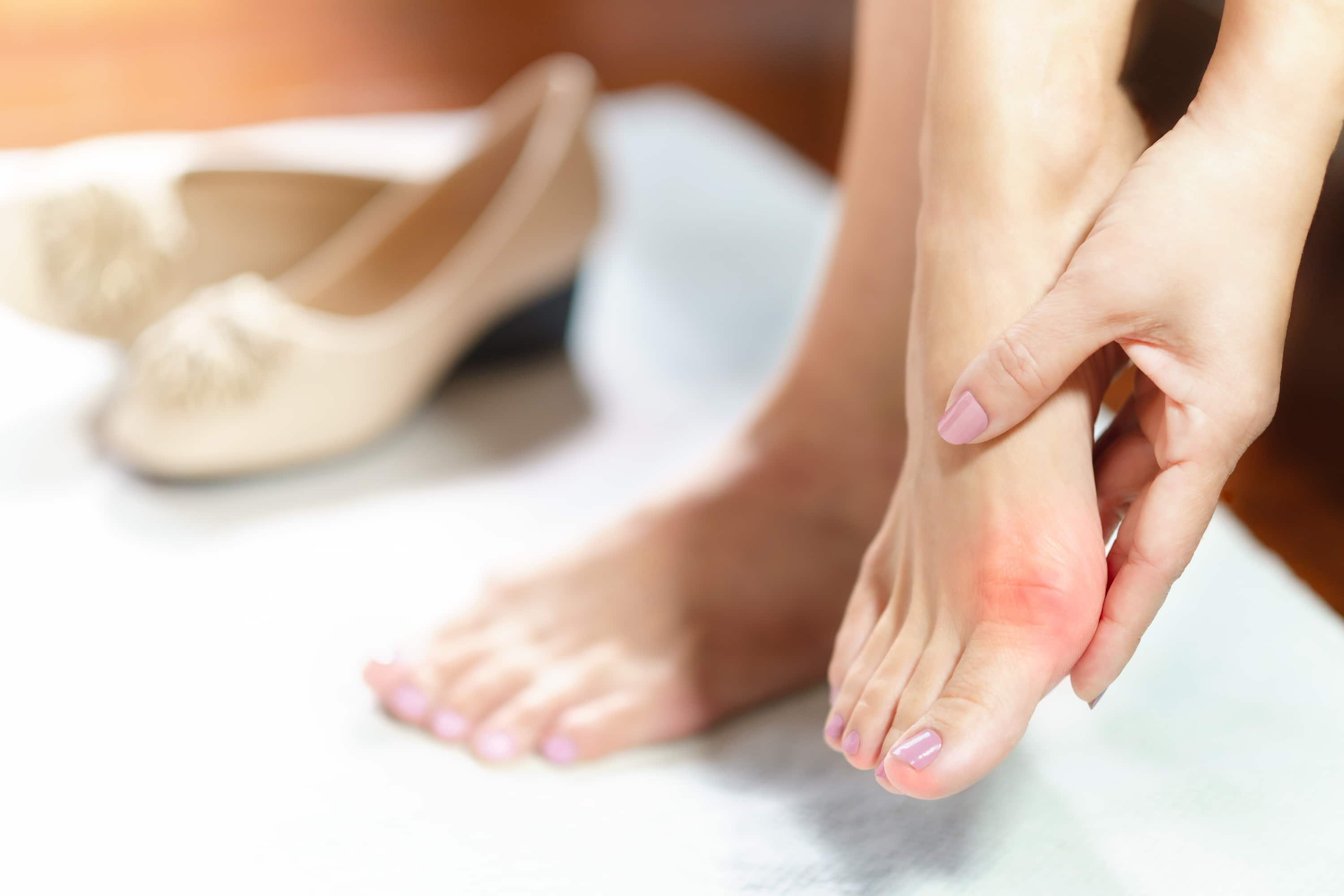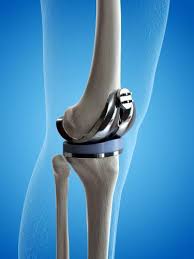
Physical Therapy After Hip Replacement
Hip replacement surgery is a common procedure that involves replacing the damaged or diseased hip joint with a prosthetic joint. This surgery can greatly improve the quality of life for individuals who experience hip pain and limited mobility due to hip joint problems. However, recovery after hip replacement surgery can be a long and challenging process that requires patience, commitment, and proper care. One crucial aspect of recovery is physical therapy, which plays a significant role in helping patients regain strength, mobility, and function after surgery.
In this article, we’ll discuss the importance of physical therapy after hip replacement surgery and answer some commonly asked questions regarding post-operative care and recovery.
What Is Hip Replacement?
Hip replacement is a surgical procedure that involves replacing a damaged or diseased hip joint with an artificial joint. The surgery is typically recommended for patients who have severe pain, stiffness, and reduced mobility in their hip joint due to conditions such as osteoarthritis, rheumatoid arthritis, or a hip fracture.
During hip replacement surgery, the damaged parts of the hip joint are removed and replaced with an artificial joint made of metal, plastic, or ceramic materials. The new joint is designed to replicate the movement and function of a healthy hip joint, which can help reduce pain and improve mobility. While the surgery itself is a major undertaking, the recovery process is equally important. Physical therapy after hip replacement is essential for helping patients regain strength, mobility, and function in their hip joint.
How Long Do I Need Physical Therapy After Hip Replacement?
The duration of physical therapy after hip replacement surgery can vary depending on several factors, such as the patient’s age, overall health, and the extent of the surgery. In general, physical therapy sessions may last for several weeks or even months after surgery, and the frequency and intensity of therapy may decrease as the patient progresses.
During the initial stages of recovery, physical therapy may involve gentle exercises to promote circulation, flexibility, and range of motion. As the patient becomes stronger and more mobile, the therapist may gradually introduce more challenging exercises to improve strength, balance, and coordination. In some cases, patients may continue to receive physical therapy for up to a year after hip replacement surgery to ensure optimal recovery.

What Should Be Avoided After Hip Replacement Surgery?
After hip replacement surgery, it’s essential to take certain precautions to avoid complications and ensure proper healing. Here are some things to avoid after surgery:
Avoid crossing your legs or bending your hips too far. These movements can place excessive strain on the hip joint and increase the risk of dislocation.
Avoid sitting on low chairs, sofas, or other furniture that requires bending your hips too much. Instead, opt for chairs with high seats or use a cushion to elevate the seat.
Avoid high-impact activities such as running, jumping, or contact sports. These activities can place stress on the hip joint and potentially damage the prosthetic joint.
Finally, you should avoid lifting heavy objects or engaging in strenuous physical activity without clearance from your surgeon and physical therapist.
What Is the Best Exercise for After Hip Replacement?
Physical therapy after hip replacement surgery typically involves a range of exercises designed to improve mobility, strength, and flexibility. Here are some of the best exercises to do after hip replacement surgery:
Walking: Walking is an excellent low-impact exercise that can help improve circulation, promote healing, and gradually increase mobility. Start with short walks around your home or outside, gradually increasing the duration and distance as tolerated.
Range of motion exercises: These exercises involve gentle movements that help improve flexibility and range of motion. Examples include ankle pumps, heel slides, and hip rotations.
Strengthening exercises: Strengthening exercises help improve muscle strength and stability around the hip joint. Examples include leg lifts, hip extensions, and squats.
Balance exercises: Balance exercises help improve stability and prevent falls. Examples include standing on one leg, heel-to-toe walking, and using a balance board.
What Happens If You Don’t Do Physical Therapy After Hip Replacement?
Failure to undergo physical therapy after hip replacement surgery can lead to a range of complications and may delay or limit the recovery process. Without physical therapy, the muscles around the hip joint can become weak and stiff, making it difficult to move and perform daily activities. Additionally, lack of exercise can increase the risk of blood clots, pneumonia, and other post-operative complications. Therefore, it’s essential to follow the recommended physical therapy plan to ensure a successful recovery after hip replacement surgery.
What Is the Fastest Way to Recover from A Hip Replacement?
Recovering from hip replacement surgery can be a lengthy process, but there are several strategies that can help speed up the recovery process. Here are some tips to help you recover faster after hip replacement surgery:
Follow your physical therapy plan: Physical therapy is an essential aspect of recovery after hip replacement surgery. Be sure to attend all scheduled therapy sessions and follow your therapist’s recommended exercise plan to help improve mobility, strength, and function.
Manage pain and inflammation: Pain and inflammation are common after hip replacement surgery. Talk to your doctor about pain management options, such as medication, ice therapy, or compression garments, to help manage discomfort and reduce swelling.
Get plenty of rest: Proper rest is essential for healing after surgery. Be sure to get enough sleep each night and take breaks throughout the day to rest and recover.
Eat a healthy diet: A balanced, nutritious diet can help support healing and recovery after surgery. Be sure to eat plenty of fruits, vegetables, lean protein, and whole grains to provide your body with the nutrients it needs to heal.
Stay hydrated: Drinking enough water is essential for maintaining proper bodily function and supporting healing after surgery. Aim to drink at least 8-10 glasses of water each day to stay hydrated.
The Study of Physical Therapy After Hip Replacement
A study published in the Journal of Orthopaedic Surgery and Research in 2020 conducted a comprehensive analysis of the role of physical therapy in the recovery of patients following hip replacement surgery. The research found that patients who actively engaged in post-operative physical therapy experienced significant improvements in mobility, strength, and overall quality of life. Moreover, the study highlighted that physical therapy was instrumental in preventing post-operative complications and reducing the risk of muscle weakness and stiffness in the hip area. These findings underscore the critical role that physical therapy plays in the successful recovery of individuals undergoing hip replacement surgery, aligning with the advice provided in this article.
Healthy Türkiye Notes
Physical therapy is a crucial component of recovery after hip replacement surgery. It can help improve mobility, strength, and function, and prevent complications that can delay or limit recovery. By following your physical therapy plan, avoiding certain activities, and taking care of your body through proper nutrition, rest, and hydration, you can recover faster and achieve optimal outcomes after hip replacement surgery. Remember to always follow the advice of your surgeon and physical therapist for the best possible recovery outcome.
.jpg)


